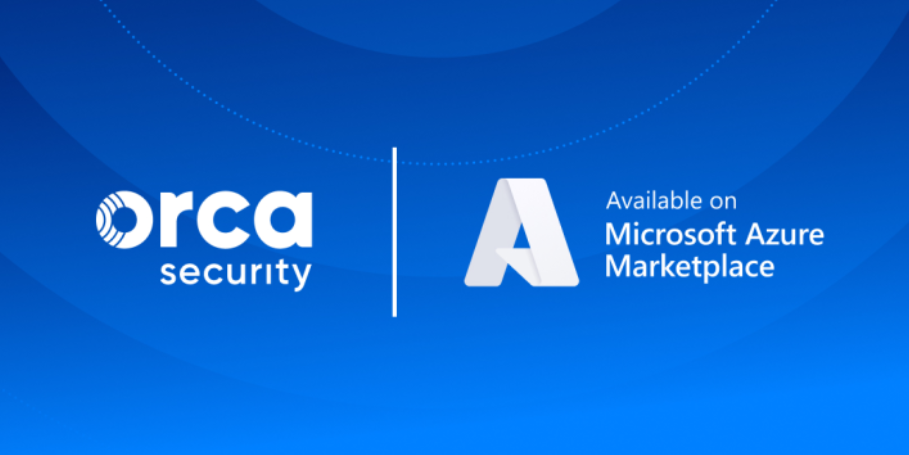Reporting and analytics integration – Exploring Environment Settings
Integration with reporting and analytics platforms enables the CSPM tool to generate comprehensive security reports, visualizations, and insights. This integration allows security teams to analyze trends, track compliance status, and present the organization’s security posture to stakeholders effectively. Integration can be with Microsoft Power BI and Grafana, which are the most common tools used in the industry. Using a wide range of API offerings by CSPM tools, it becomes possible to integrate these with reporting. We will discuss reporting in detail in the next section of this chapter. Let us now understand CSPM tool integration with SIEM/SOAR tools.
Monitoring (SIEM/SOAR) tool integration
Integrating SIEM and SOAR tools with CSPM solutions is a crucial part of monitoring the security of cloud infrastructure. This integration helps you centralize and automate security monitoring, incident detection, and response in your cloud environment. Let’s take a closer look at this:
- SIEM integration: Integration between a CSPM tool and an SIEM system allows the exchange of security-related data and events. CSPM tools can feed security findings, alerts, and configuration data to the SIEM system, enriching overall security event monitoring and analysis. SIEM integration provides a broader context to CSPM data, enabling correlation with other security events across the infrastructure and enhancing threat detection capabilities.
- SOAR integration: CSPM tools can integrate with SOAR platforms to automate IR workflows. By exchanging data and alerts between the CSPM tool and the SOAR platform, security teams can automate response actions based on predefined playbooks or workflows. This integration streamlines IR, enables the rapid containment and remediation of security incidents, and enhances overall operational efficiency.
Using CSPM data in your applications is a key reason for configuring integration with the CSPM tool. Once the CSPM tool is integrated with your application, you can receive data from it, including data on alerts, assets, and other objects. This data can be utilized for diverse purposes such as in-depth analysis, storage, ticket creation, and more.
You can integrate your application with CSPM tools using the API and Webhooks:
- Using API integration: The API functionality of the CSPM tool enables you to retrieve data and perform actions within the tool, such as initiating asset scans or verifying alerts. To utilize the API, you need to set up an API token within the tool. Once the API token is configured, you can send API requests from your application to interact with the CSPM tool, accessing the desired data or triggering specific actions.
- Using Webhook integration: Webhooks enable the real-time pushing of alert data from the CSPM tool to your system as soon as specific alerts are identified. By incorporating Webhooks into notification integrations, you can promptly send messages or emails when critical alerts are detected, requiring immediate response actions. This ensures timely awareness and enables swift IM.
An effective CSPM tool should be able to integrate with a commonly used and wide range of SIEM/SOAR tools such as Splunk, Microsoft Sentinel, Sumo Logic, IBM QRadar, Cribl, JupiterOne, Vulcan, Chronicle, Swimlane, and more.
